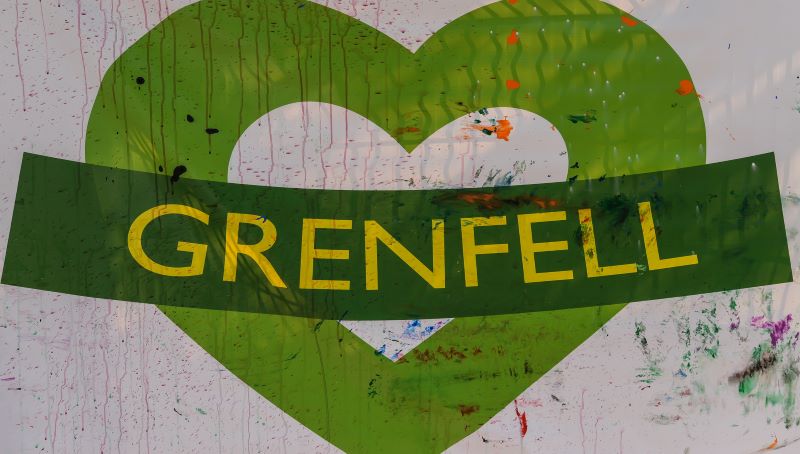
By Danielle Aumord
Robert Black, the former chief executive of Kensington and Chelsea Tenant Management Organisation (KCTMO), has denied trying to “silence” Councillor Judith Blakeman, who raised concerns about Grenfell, by suggesting she had a conflict of interest, the inquiry into the tragedy heard.
Mr Black, who led KCTMO from 2009, was grilled over his motivations for raising potential conflicts of interest relating to Ms Blakeman, who had a history of raising concerns about the tower.
The day after the fire in 2017, she even told journalists that the Royal Borough of Kensington and Chelsea (RBKC) are “the richest council in the country and there’s not enough money to refurbish the fire escape [at Grenfell]? Outrageous.”
An email sent prior to the fire was shown to the inquiry, in which Mr Black contacted other ward councillors to suggest that the views of Ms Blakeman, who served on the boards of both KCTMO and the council’s Housing and Property Scrutiny Committee (HSPC), should “not be entertained”.
Even after an upgrade the year before the fire, Grenfell’s smoke ventilation system “did not comply” with guidance and was untested on other buildings by the designers. Estate residents told HQN that the smoke ventilation system at Grenfell was a “slow train crash waiting to happen”.
Lawyers acting for the bereaved and survivors of the fire, which killed 72 people, said that the system employed dampers which were below minimum standards.
In the event of a fire, dampers close the shafts on each of a building’s floors to prevent it from spreading.
The devices at Grenfell Tower were sold by Gilberts Limited with a “misleading” assurance that they had been successfully tested to prevent smoke leakage, the inquiry heard.
Residents reported smoke leaking out of the ventilation shafts in the early stages of the fire. Emma O’Connor, who escaped just after 1am from the 20th floor, told HQN: “There was no smoke in the flat when we left but when we got onto the landing, we noticed smoke coming up through the vents. We got in and pressed the button for the ground floor.
“On the way down, the lift stopped on the 11th floor. When the lift doors opened, I could see a bit of smoke on the 11th floor landing. The smoke was not so thick I couldn’t see through it, but it was definitely smokier than it had been on the 20th floor.”
The upgrade work was necessary because the existing system in the tower had fallen “beyond economic repair” amid years of neglect. But austerity cuts left the building control inspector, John Hoban, who approved Grenfell Tower, “swamped” with work, reviewing 130 projects at once and dealing with complicated projects he had no experience of.
Mr Hoban explained to the public inquiry that he couldn’t do what he was meant to do because of a lack of resources, while budget cuts led to the relevant engineer for the proofing of the Grenfell smoke control system being made redundant.
He also approved the cladding system installed on Grenfell, despite the use of non-compliant combustible insulation combined with highly flammable polyethylene-cored aluminium composite material (ACM) cladding panels.
Nearly two thirds of fire door self-closers were also missing from flat entrance doors in Grenfell, the inquiry heard. This has been blamed for crucial loss of compartmentation in the fire, which also allowed smoke to spread through the building.
Graham Webb, former managing director of Repairs Direct, which provided repairs for KCTMO, denied accusations that the company sought to improve customer feedback rates by targeting cases that would likely deliver favourable results.
Mr Webb, who took over Repairs Direct in January 2016, was shown a witness statement from one of his former employees which suggested the feedback she gathered did not give an accurate reflection of customer satisfaction.
Samantha Burrell’s witness statement said: “We had to maintain over a 90%–95% satisfaction rate, so if I was to make ten calls who gave marks under six, I would have to call another ten residents to make sure the percentage went higher.”
Residents from Lancaster West Estate – where the charred remains of Grenfell Tower still stand, albeit wrapped in white plastic – complained of a “huge lack of co-ordination between the TMO and Repairs Direct” and accused operatives of “ignoring procedure”.
The inquiry continues.





